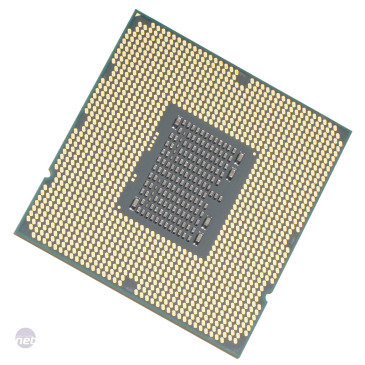Testing Methods
With the exception of HD Tach which we use to measure the performance of a motherboards SATA controllers, all of our benchmarks use real applications that give you a great idea of how well a product fares when performing the tasks you're likely to want it for.We test with our own Media Benchmarks suite which can be downloaded so you can test your own system. It uses a combination of Gimp image editing, H.264 encoding with Handbrake and multi-tasking with 7-zip file compression combined with HD video playback. Finally, for our game testing we benchmark the board running Crysis and record the minimum and average frame rates.
Our benchmarks include stable overclocked results too, so you can gauge how much performance potential there is in the motherboard, and how much value this adds to your purchase.
Test Setup:
Motherboards:
- Asus Rampage III Extreme (Intel X58)
- Asus P6TD Deluxe (Intel X58)

- EVGA X58 SLI Micro (Intel X58)
- Asus P6X58D Premium (Intel X58)
- Gigabyte GA-X58A-UD7 (Intel X58)
- Gigabyte GA-X58A-UD3R (Intel X58)
Common Components:
- Intel Core i7-980X Extreme Edition (32nm, 12MB L3 cache, 25x133MHz; 3.33GHz, Turbo Mode and Intel power saving states left at BIOS default settings)
- Stock: 4GB DDR3 1,600MHz C8 at motherboard SPD settings
- Graphics Testing: ATI Radeon HD 5870 1GB
- PC Power and Cooling Silencer 750W PSU
- Seagate 7200.11 1TB SATA hard drive
- Intel X25-M 80GB SSD
- Windows 7 Home Premium 64-bit
- ATI Catalyst 10.2 WHQL
Overclocked Settings:
- Asus Rampage III Extreme - 4.4GHz, 200MHz QPI, 22x multiplier, 1,600MHz triple-channel DDR3 memory at 8-8-8-24-74-1T.
- Asus P6TD Deluxe - 4.4GHz, 200MHz QPI, 22x multiplier, 1,600MHz triple-channel DDR3 memory at 8-8-8-24-74-1T.
- EVGA X58 SLI Micro - 3.52GHz, 160MHz QPI, 22x multiplier, 1,600MHz triple-channel DDR3 memory at 8-8-8-24-74-1T.
- Asus P6X58D Premium - 4.4GHz, 200MHz QPI, 22x multiplier, 1,600MHz triple-channel DDR3 memory at 8-8-8-24-74-1T.
- Gigabyte GA-X58A-UD7 - 4.4GHz, 200MHz QPI, 22x multiplier, 1,600MHz triple-channel DDR3 memory at 8-8-8-24-74-1T.
- Gigabyte GA-X58A-UD3R - 4.4GHz, 200MHz QPI, 22x multiplier, 1,600MHz triple-channel DDR3 memory at 8-8-8-24-74-1T.
Overclocking
The R3E is very easy to overclock, thanks to its intuitive BIOS, which allows you to directly type in voltages and frequencies. Most of the overclocking settings are displayed on one menu, although as it’s a RoG board, the R3E has many more options than other Asus BIOSesFor example, the R3E BIOS provides far greater control over the memory timings and frequency, plus a host of voltage overrides that you should only touch if you know what you’re doing.
However, with our Core i7-980X Extreme Edition CPU installed, we were unable to make the R3E run stably with the QPI set higher than 220MHz. While this is a great overclock, it’s the same frequency that our current recommended X58 board, the Gigabyte GA-X58A-UD3R, can handle.
This overclock was achieved by lowering the CPU multiplier to 12x and boosting the vcore to 1.38125V, the QPI to 1.375V, the CPU PLL to 1.96V, the IOH to 1.3V, the ICH to 1.2V and the RAM to 1.64V.
We then proceeded to find out if the R3E could run our benchmarks stably with the CPU at its maximum stable air-cooled frequency of 4.4GHz. The R3E passed this test with flying colours, using the same voltages as those used in the maximum QPI test, but with the CPU multiplier set to 22x, the QPI to 200MHz and Loadline Calibration set to Full.
This boosted the R3E’s overall Media Benchmarks score from 2,081 to 2,597, which is a great result, but still a fraction slower than the Gigabyte GA-X58A-UD3R.

MSI MPG Velox 100R Chassis Review
October 14 2021 | 15:04









Want to comment? Please log in.